-
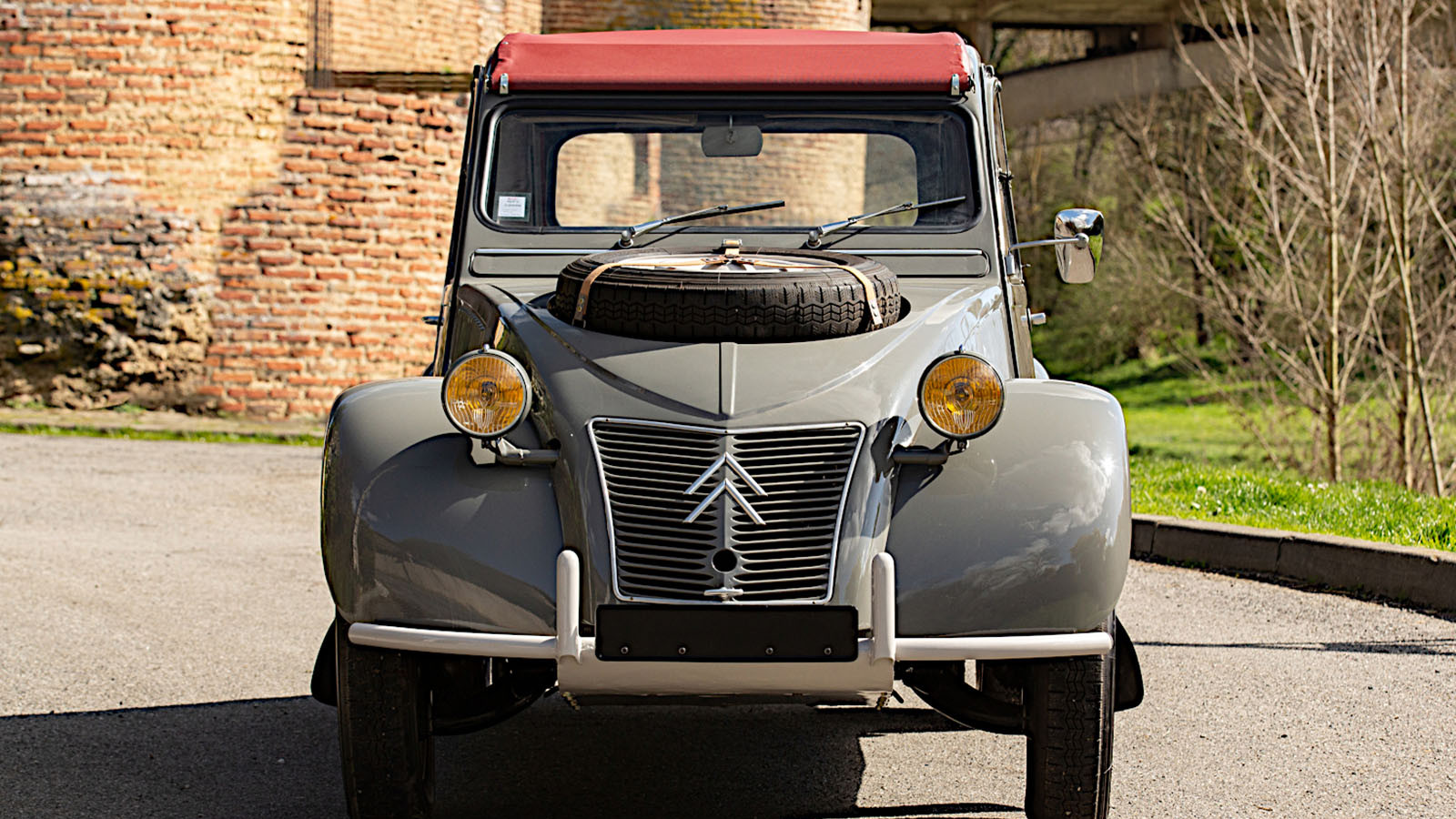 © RM Sotheby’s
© RM Sotheby’s -
 © Mercedes-Benz
© Mercedes-Benz -
 © Public domain
© Public domain -
 © Mercedes-Benz
© Mercedes-Benz -
 © Sergey Korovkin/Creative Commons licence https://creativecommons.org/licenses/by-sa/4.0/legalcode.en
© Sergey Korovkin/Creative Commons licence https://creativecommons.org/licenses/by-sa/4.0/legalcode.en -
 © Stellantis
© Stellantis -
 © RM Sotheby’s
© RM Sotheby’s -
 © Stellantis
© Stellantis -
 © Bonhams|Cars
© Bonhams|Cars -
 © Sicnag/Creative Commons licence https://creativecommons.org/licenses/by/2.0/legalcode.en
© Sicnag/Creative Commons licence https://creativecommons.org/licenses/by/2.0/legalcode.en -
 © Toyota
© Toyota -
 © Stellantis
© Stellantis -
 © Rikita/Creative Commons https://creativecommons.org/licenses/by-sa/4.0/legalcode.en
© Rikita/Creative Commons https://creativecommons.org/licenses/by-sa/4.0/legalcode.en -
 © Alf van Beem/Public domain
© Alf van Beem/Public domain -
 © RM Sotheby’s
© RM Sotheby’s -
 © Land-Rover
© Land-Rover -
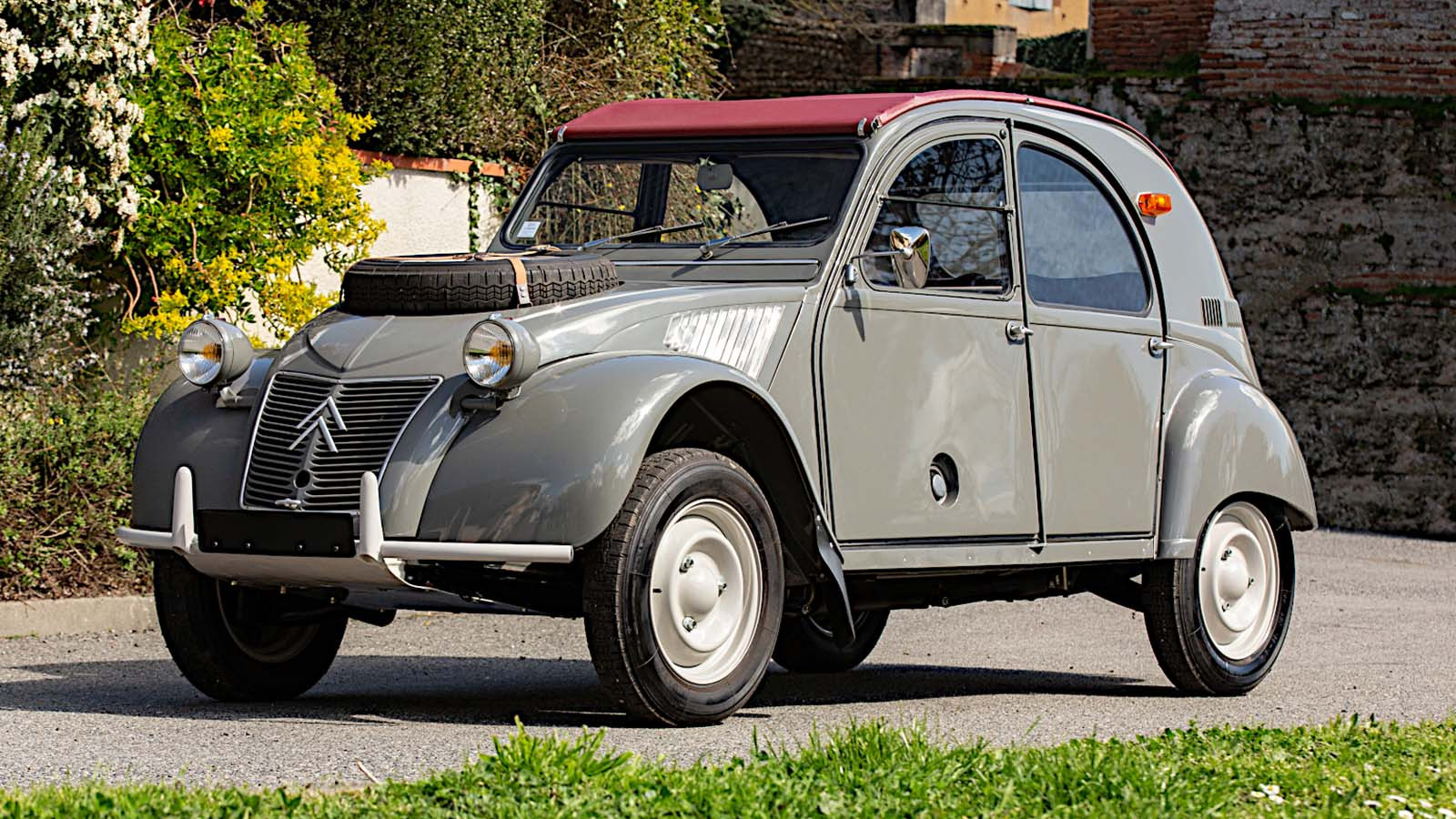 © RM Sotheby’s
© RM Sotheby’s -
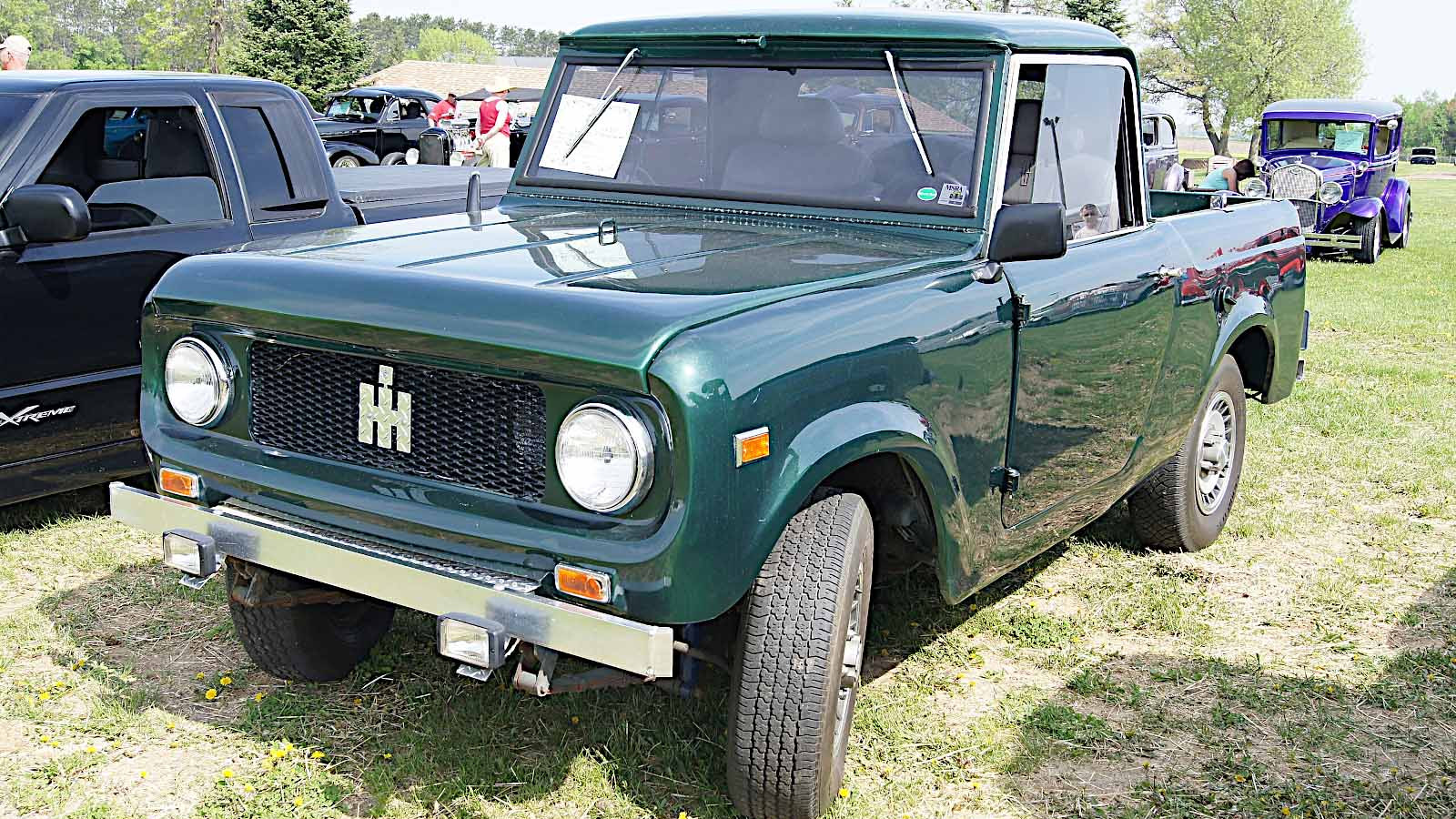 © Greg Gjerdingen/Creative Commons licence https://creativecommons.org/licenses/by/2.0/legalcode.en
© Greg Gjerdingen/Creative Commons licence https://creativecommons.org/licenses/by/2.0/legalcode.en -
 © Nissan
© Nissan -
 © Toyota
© Toyota -
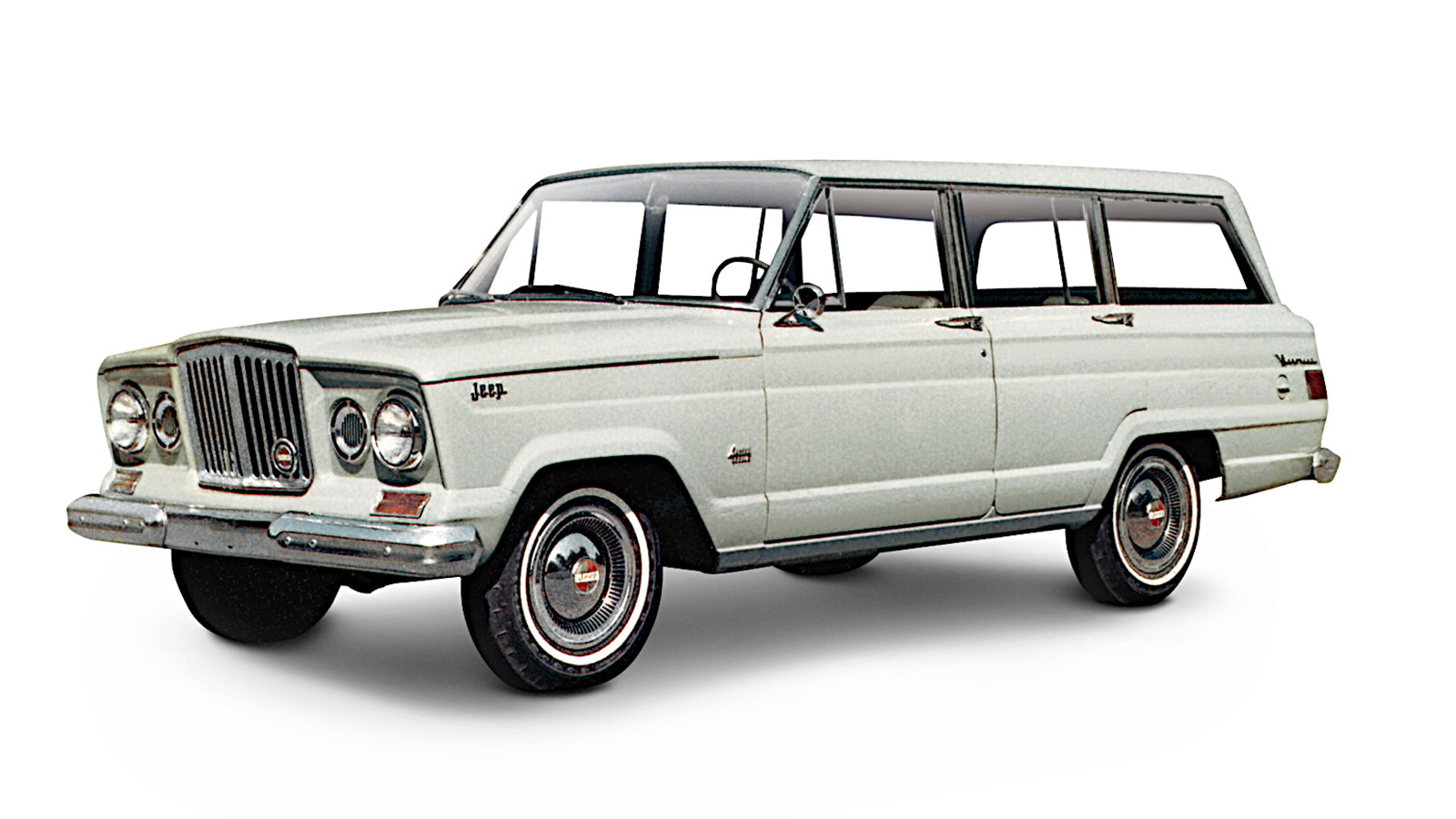 © Stellantis
© Stellantis -
 © Tony Baker/Classic & Sports Car
© Tony Baker/Classic & Sports Car -
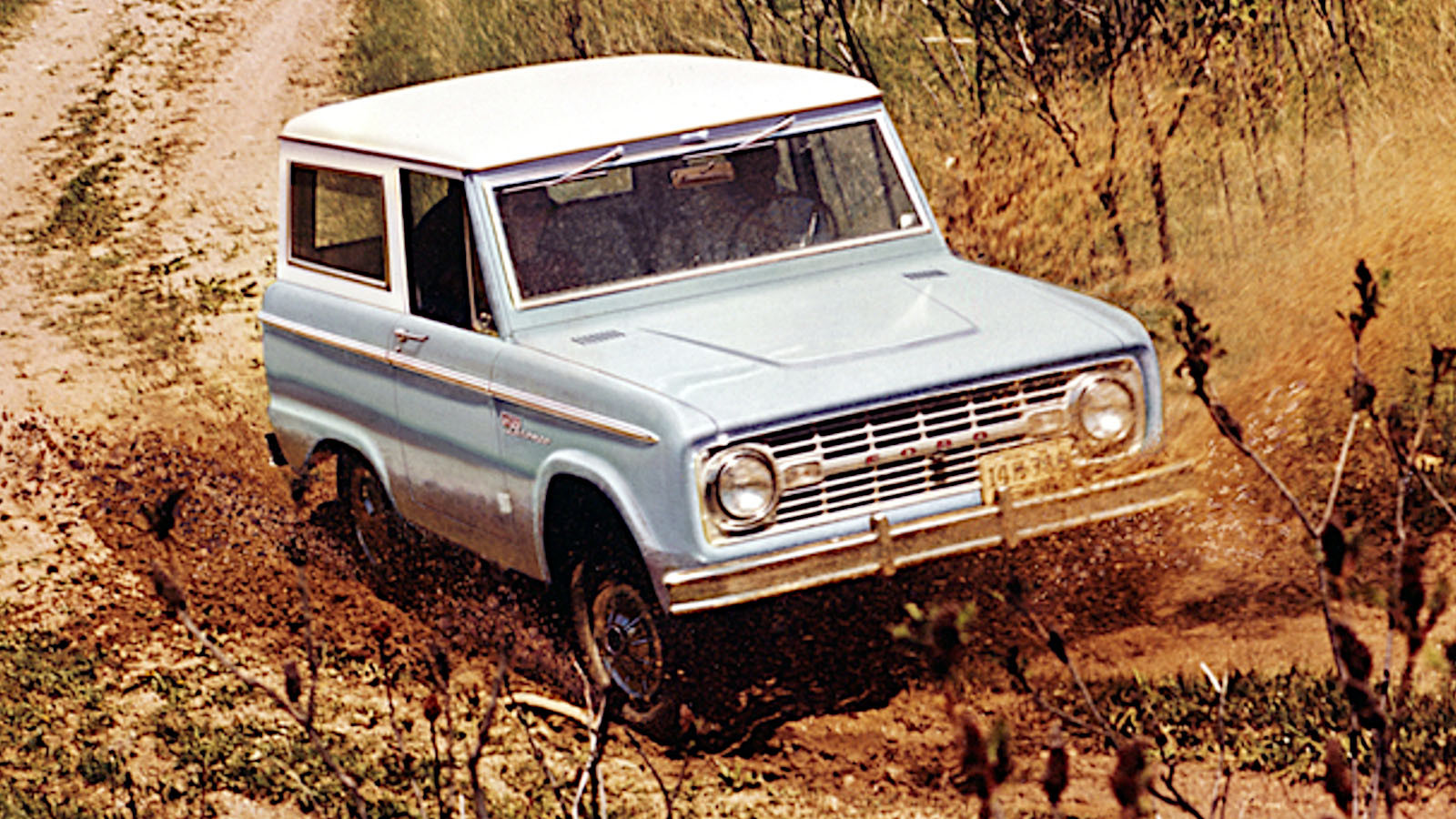 © Ford
© Ford -
 © Anthony Wilcox/Creative Commons licence https://creativecommons.org/licenses/by/3.0/legalcode.en
© Anthony Wilcox/Creative Commons licence https://creativecommons.org/licenses/by/3.0/legalcode.en -
 © Tony Baker/Classic & Sports Car
© Tony Baker/Classic & Sports Car -
 © Tony Baker/Classic & Sports Car
© Tony Baker/Classic & Sports Car -
 © RM Sotheby’s
© RM Sotheby’s
-
Classic cars that take you further
Throughout motoring history, there have been drivers who want or need to take their vehicles off-road.
Car manufacturers, seeking to attract as many customers as possible, have of course responded to this demand, and we’re going to be looking at 26 of their offerings here.
All of them were produced before 1970, a year we’ve chosen as a cut-off since it excludes the Range Rover – not because we don’t like it, but because it brought us into the current era of the luxury SUV, a subject which can be discussed some other time.
We’re looking at these in chronological order.
-
1. 1934 Mercedes-Benz G4
Unlike the Range Rover, Mercedes’ G4 resembled a top-level passenger car of the 1930s, except that it had six wheels.
Four of those wheels were driven, and were influenced by self-locking differentials, while an extra gear in the transmission allowed the driver to select normal or off-road ranges, essentially doubling the number of forward ratios from four to eight.
The straight-eight engine initially measured just over 5 liters, though by the time production ended in 1939 the capacity had been raised to 5.4 liters.
The example pictured here was commissioned for General Franco and restored by the Mercedes-Benz Classic Center in the early 2000s, and is now owned by the Spanish royal family.
-
2. 1936 Kurogane Type 95
The Type 95 was one of the earliest compact cars with four-wheel drive.
It was intended principally for military use by the Japanese army, and is known to have been employed during operations in China.
The engine was an air-cooled V-twin with a surprisingly large capacity, for a unit of that type, of up to 1.4 liters.
Nearly 5000 examples are believed to have been built up to 1944.
-
3. 1938 Mercedes-Benz G5
Despite the similarity in their names, the G5 was a completely different vehicle from the G4.
By far the more utilitarian of the two, the Mercedes-Benz G5 was a more specialized off-roader, and featured not only four-wheel drive but four-wheel steering, too.
Unlikely to be of much personal interest to heads of state, the G5 was used for more practical purposes, including military ones.
Mercedes says that it also found employment as an emergency vehicle for, among others, the Berchtesgaden mountain-rescue service.
-
4. 1941 GAZ 61
There is a lot of conflicting information about the Russian GAZ 61, but according to one confident-seeming source the design process began in 1938, and a small batch of open-topped versions were built in 1941.
In 1942, the original body was replaced by a closed one for practical reasons, though the mechanical specification remained the same.
All four wheels were driven by a 3.5-liter straight-six engine, while the suspension was arranged so as to provide what otherwise looked like a fairly conventional sedan with a phenomenal amount of ground clearance.
Used almost entirely as a military vehicle, it was produced until 1945, after which there was no more need for it.
-
5. 1945 Jeep CJ2-A
The Jeep name has become so famous that it is sometimes used to describe off-roaders in general, regardless of who builds them.
During the Second World War, true military Jeeps were produced by several manufacturers, but it was Willys-Overland which put the first civilian model on sale in 1945.
The CJ-2A was extraordinarily basic, but in its time it didn’t need to be anything more than that, and it quickly developed a reputation as a fine workhorse.
-
6. 1948 Land-Rover Series One
The Land-Rover arrived only a few years after the Jeep, and has gone on to become every bit as famous.
At first, ‘Land-Rover’ was simply a model name, indicating that this was the only off-road vehicle built and sold by the Rover company.
It did not become a marque until 1978, and although other model names were later applied, it’s reasonable to draw a line from the very first vehicle of this type to leave the factory to the Defender which brought the story to an end in January 2016.
-
7. 1949 Jeep CJ3
After four years, the Jeep CJ2-A was replaced by the CJ3-A, which differed from its predecessor only in detail, and was powered by the same Willys Go-Devil engine.
A further development followed four years after that, at about the time that Willys was taken over by Kaiser Motors.
The CJ3-B (pictured), which was built under license by Mahindra in India and Mitsubishi in Japan, again represented only a small step forward, but it was the first of the line powered by the Willys Hurricane engine, which replaced the Go-Devil.
-
8. 1951 Austin Champ
Years before Austin and Rover became part of the same organization, the former developed a vehicle similar in concept to the latter’s Land-Rover.
Intended mostly for military use (though there were civilian versions, too), the Champ was an open-topped off-roader with a 2.8-liter four-cylinder gasoline engine.
That engine was designed and initially built by Rolls-Royce, though Austin took over its manufacture as demand for the Champ increased.
Far more expensive to buy and run than the Land-Rover, the Champ was discontinued in 1956, but according to one authority it remained in military service for a further 10 years.
-
9. 1951 Nissan Patrol
Nissan has been building Patrols for more than 70 years, but today’s SUV bears almost no resemblance to the first model of that name.
The original Patrol looked very much like the contemporary Jeep CJ, though it was powered by a considerably larger 3.7-liter straight-six engine, which was linked to a part-time four-wheel-drive system.
The same drivetrain was used on the Carrier, a pick-up truck with different styling.
Both vehicles were developed over the years until a new Patrol was introduced in 1960.
-
10. 1951 Toyota Land Cruiser
As Nissan did with the Patrol, Toyota followed Jeep’s lead closely with what was initially called the Jeep BJ, and fitted it with a straight-six engine, in this case measuring 3.4 liters.
From 1951, production was limited, and devoted almost entirely to supplying the National Police Reserve.
After two years, Toyota expanded production and made the vehicle available to civilian customers.
In 1954, the Jeep part of the name was dropped, BJ was relegated to a model code, and the vehicle became the first of many known as Land Cruiser.
-
11. 1954 Jeep CJ-5
Still foursquare and upstanding compared with most other vehicles, the latest Jeep was slightly more rounded than its predecessors, and looked a little more modern as a result.
Its production run was extraordinary, lasting from 1954 all the way through to 1983.
Many changes took place during that period, including the acquisition of Kaiser by the American Motors Corporation, and an increase in the number and types of available engine.
As well as the in-line four-cylinder motors, there were six-cylinder units and even AMC’s 5-liter V8.
-
12. 1955 Toyota Land Cruiser
Toyota’s J20, or 20 Series, was the first in the long line marketed from day one as a Land Cruiser.
Aimed more specifically at general customers than the Jeep BJ had been, and exported around the world, it had a marginally softer appearance than the earlier model.
Toyota offered chassis with wheelbases of 2285mm (90in) and 2430mm (96in) at first, then added a 2650mm (104in) variant in 1959, the year before a successor went on sale.
The 3.4-liter straight-six was retained from the first generation and joined by a 3.9-liter engine of the same layout which had previously been used only for a fire-engine derivative, and which would later replace the 3.4 entirely.
-
13. 1956 DKW Munga
The marque which evolved into what we know today as Audi specialized in two-stroke engines, and it was a three-cylinder motor of this type (with a capacity of either 896cc of 981cc) which powered DKW’s only off-roader.
The vehicle was known mostly as the Munga, though versions built in Brazil were named Candango, and the model name applied to the very few examples sold in the USA was Bronco, which Ford would not use for another decade.
The original body style was an open four-seater, though DKW introduced a pick-up in 1958.
Despite failing to trouble the scorers in North America, the Munga was popular elsewhere, and just under 47,000 were built before production ended in 1968.
-
14. 1958 Austin Gipsy
The Gipsy was a closer rival to the Land-Rover (which it keenly resembled) than the much more expensive Champ.
On sale for 10 years, it was available with gasoline and diesel engines, both of around 2.2 liters in capacity, and wheelbases of 90in or 111in, along with a variety of body styles.
There were several updates, but the Gipsy always had selectable two- or four-wheel drive and low or high final-drive ratios.
-
15. 1958 Land-Rover Series II
For its second generation, the Land-Rover was given a slightly more rounded shape (as was becoming customary in the off-road market), though not to anywhere near the point where it might now be confused with, for example, a Figoni et Falaschi-bodied Delahaye.
Very early in the new model’s production run, a 2.25-liter gasoline engine was added to the range, and in 1961 it was joined by a diesel of the same size, with a 2.6-liter straight-six arriving later.
The diesel mentioned above was introduced at the same time that the model was subtly updated, all Series IIs manufactured from then on being known as Series IIA.
This generation takes the Land-Rover beyond the scope of our enquiry, since it was not replaced until 1971.
-
16. 1960 Citroën 2CV Sahara
Rather than go to the trouble of developing a four-wheel-drive transmission, Citroën adapted its 2CV for off-road use by fitting a second 425cc engine and accompanying gearbox at the back.
The two set-ups were almost entirely independent, joined together only by a gearlever, a clutch pedal, a throttle cable and the ground.
This unusual policy was very effective, since a Sahara was capable of crossing terrain which would have brought a regular 2CV to its knees.
A 4x4 derivative of the 2CV-adjacent Méhari was produced long after 1970, and is therefore not strictly of interest to us here, but it’s worth mentioning that in this case Citroën went down the more conventional route of using a single engine and a normal four-wheel-drive system.
-
17. 1960 International Scout 80
The Scout 80 was an unusually small vehicle for International Harvester, which normally produced more substantial models.
It was available with various body styles but only one engine, a 2.5-liter, in-line, four-cylinder unit known as the Comanche.
Production of this specific model came to an end in 1965, but other Scouts were to follow (with a wider choice of engines), and the line continued until 1980.
-
18. 1960 Nissan Patrol
The second Nissan Patrol was mechanically similar to the first, with a ladder-frame chassis, leaf-sprung rear suspension, selectable four-wheel drive and a straight-six engine.
It went on sale in Australia in 1961, and a year later Reg and Griselda Sprigg, along with their children Marg and Doug, crossed the Simpson Desert in one, an achievement which Marg and Doug repeated in 2012.
On the other side of the planet, Nissan Patrols of this generation were sold in North America (where the Nissan name was previously almost unknown) for most of the 1960s.
The vehicle was so successful worldwide that Nissan saw no need to replace it until 1980.
-
19. 1960 Toyota Land Cruiser
Toyota’s 40 Series Land Cruiser, which looked slightly less like a Jeep than the two before, was available initially with the same three wheelbases as its immediate predecessor, with a 2950mm (116in) option being added in 1963.
Four years after that, Toyota introduced a station-wagon body style.
The original engine was a 3.9-liter gasoline straight-six, while diesels were added to the range in the early 1970s.
Demand for this Land Cruiser was such that it remained in production for 24 years.
-
20. 1962 Jeep Wagoneer
In the pre-Range Rover era, the Jeep Wagoneer was one of the closest things in the world to a luxury SUV, as the prominent chrome grille of the early models suggested.
Substantially larger than other Jeeps of the time, it was powered at first only by a 3.8-liter straight-six engine, but AMC’s 5.3-liter V8 was added to the range in 1965, and other large, powerful units would follow.
Introduced when the Jeep brand was owned by Kaiser, the Wagoneer survived both Kaiser’s takeover by AMC and AMC’s purchase by Chrysler, finally being discontinued (after many updates) in 1991.
-
21. 1964 Mini Moke
Originally intended for military use, the Mini Moke went on the market as a civilian vehicle in 1964.
The mechanicals, including the BMC A-series engine, were largely the same as those used in the regular Mini, but they were fitted to a Moke-specific open-topped bodyshell.
Mini Mokes were produced first in the UK, then in Australia and finally in Portugal until the model was discontinued after nearly three decades in 1993.
-
22. 1965 Ford Bronco
The first of many Ford Broncos was launched in August 1965 for the 1966 model year.
In its original form, all four wheels were driven (through a three-speed manual gearbox) by a 2.8-liter Thriftpower straight-six engine – a 4.7-liter Windsor V8 was added to the range in March ’66.
Early Broncos were very basic, but as customer tastes became more refined Ford was obliged to upgrade the model, providing more power, automatic transmission, stronger axles and the Sport, Explorer, Ranger and Special Décor equipment packages.
By these means, the Bronco was able to survive for a dozen years before being replaced by a significantly larger model of the same name.
-
23. 1967 Volkswagen Country Buggy
Like the Mini Moke and several similar post-1970 vehicles, the Volkswagen Country Buggy was a two-wheel-drive off-roader based on an existing production car, in this case the VW Beetle.
Other than the design of the mechanicals, there was nothing German about it, since the Country Buggy was in fact a creation of Volkswagen’s Australian division.
The generally accepted production figure is 1956 units, more than half of which were left-hand drive and exported to the Philippines, where they were marketed under the name Sakbayan.
-
24. 1968 Citroën Méhari
As mentioned before, the Méhari was mechanically identical to the Citroën 2CV, though its unique plastic body meant that the two cars looked very different.
The famous air-cooled flat-twin engine was offered in its final, largest and most powerful form, with a capacity of 602cc.
Production of the front-wheel-drive Méhari began in 1968 and lasted until 1988, by which time the rare four-wheel-drive version (single-engined, unlike the 2CV Sahara) had come and gone.
-
25. 1968 Volkswagen Type 181
Type 181 (or Type 182 for right-hand-drive versions) was the code name for an off-road derivative of the Volkswagen Beetle.
Similar to the Australian Country Buggy in many ways, it differed in that it was designed, and in most cases manufactured, by Volkswagen in Germany.
There were exceptions, though – a large proportion were built in Mexico, while others were assembled from kits in Indonesia.
Type 181/182s were sold with different names in different countries, including Kübel in Germany, Thing in the US, Trekker in the UK, Camat in Indonesia, and both Safari and – very rarely – Acapulco in Mexico.
-
26. 1969 Chevrolet Blazer
The first Chevrolet Blazer was an SUV derived (like the larger Suburban) from the second-generation C/K pick-up truck range introduced in the 1967 model year.
The bodyshell had no roof, though a fiberglass hardtop was available as an optional extra.
Straight-six and V8 engines drove all four wheels through whichever gearbox the buyer wanted, the choices being three- and four-speed manuals, and a four-speed automatic.
The same vehicle was also sold as the GMC Jimmy, and both versions were replaced when the C/K entered a new generation in 1973.
We hope you enjoyed this gallery. Please click the ‘Follow’ button above for more super stories from Classic & Sports Car.
